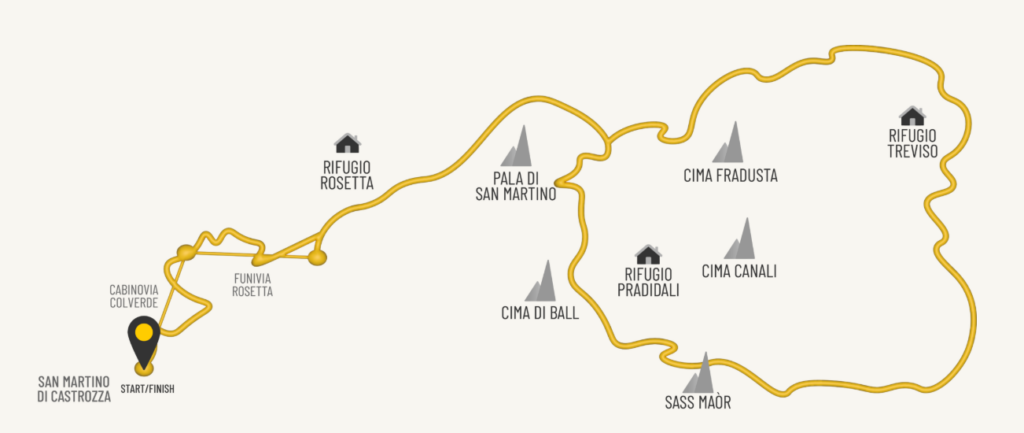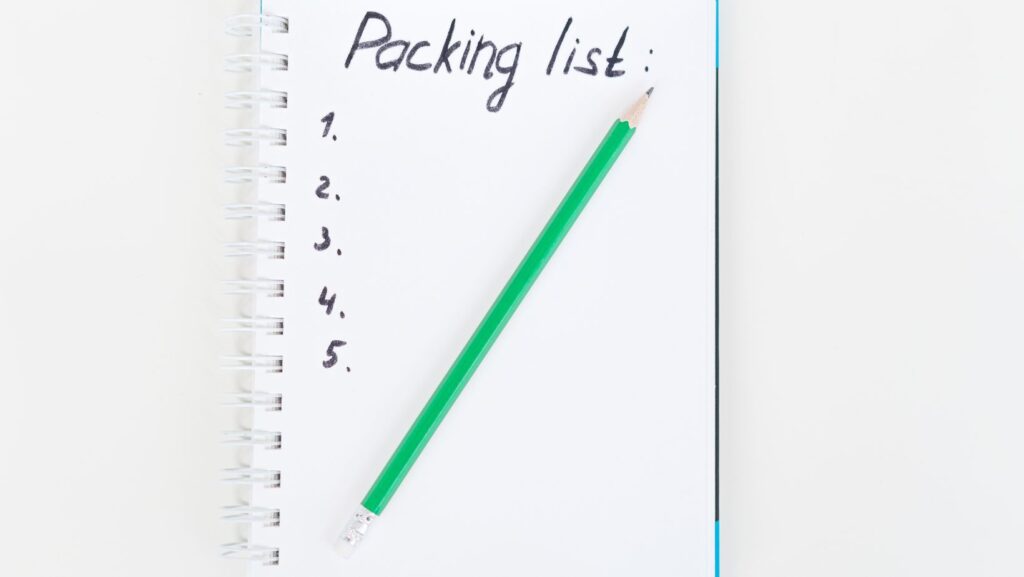Are you an average hiker looking to explore the Dolomites along a new trail? You should try Palaronda Trek! It will take you to the Pale di San Martino Plateau, a breathtaking stone place over 2,500 meters high. This bare rock massive spreads over fifty square kilometers like a stone sea. Palaronda trek is quieter and more remote compared to other popular trails in the Dolomites. But it’s a perfect choice for those who value the true connection with nature. You will enjoy a stunning, ancient landscape created by the rugged rock formations.
About Palaronda Trek
The Palaronda Trek, or Giro delle Pal,e offers an unforgettable adventure through the Pale di San Martino. It’s the largest limestone plateau in the Dolomites. The trail length is for several days. The route passes through varied terrain – gentle meadows, rocky passes, and even includes ferrata sections.
No camping is needed here – you can stay in comfortable Rifugios along the way. It’s a moderate trek and is good for hikers with some basic experience. If you are looking for a compact yet rewarding hike in the Dolomites, it’s definitely Palaronda Trek.
Technical Details Of The Route
The Palaronda Trek stretches for almost 50 km (31 miles). You will need roughly 4-5 days to complete. It has a total elevation gain of around 3,000m (9,800 ft). It does not have steep sections, only a few exposed areas, and via Ferrata routes to add some spice. The best time for the trek is between July and September. There is little snow on the paths during this period, and most mountain huts are open. Most hikers start and end the trek in San Martino di Castrozza, a popular base town for the trek. This hut to hut hiking Dolomites route offers a mix of meadows, rocky passes, and stunning mountain views.
A Proposed 4-Day Itinerary
The Palaronda Trek is a loop route.

Here’s a rough itinerary for four days:
Day 1. From San Martino di Castrozza to Rifugio Rosetta
This part of the trail is approximately 8 km. The ascent is 1,200mts.
The hike starts at San Martino di Castrozza. Here, you can take a cable car up to Col Verde. Then, you hike up to Rifugio Rosetta (2,581m). When you go, don’t forget to look around – the path opens panoramic views of the Pale Plateau. The route is short but a bit steep. However, you get a decent reward – one of the best views of the Dolomites.
Day 2. From Rifugio Rosetta to Rifugio Pradidali
This part of the trail is approximately 10 km. The ascent/descend is 800mts.
Day two is more relaxed but still full of highlights. You will cross Passo delle Lede (2,650m), a beautiful high mountain pass, and descend to Lago di Pradidali. From there, you continue to Rifugio Pradidali (2,278m). It’s a cozy mountain hut where you can rest and enjoy a peaceful evening.
Day 3. Fom Rifugio Pradidali to Rifugio Treviso
This part of the trail is approximately 12 km. The ascent/descend is 900mts.
On day three, you go to Rifugio Treviso (1,630m). On the way, you will see the beautiful Val Canali. You will also cross Passo di Canali (2,497m). This day takes you through more remote areas – you will enjoy a peaceful atmosphere away from the crowds. The trek ends in a quiet valley, a perfect place to relax after a full day of hiking.
Day 4. From Rifugio Treviso to San Martino di Castrozza
This part of the trail is approximately 10 km. The ascent/descend is 600mts.
On your final day, you will have to return to San Martino di Castrozza.

The route goes through Val Pradidali or Val dei Cantoni. Along the way, you will enjoy stunning views of Cima della Vezzana, the highest peak in the area. This is the easiest day of the trek. Use it to enjoy the beauty of the mountains around.
Tips For Planning The Palaronda Trek
A successful Palaronda Trek starts with good planning. First, make all your bookings in advance. Rifugios fill up quickly in the period from July to September. Then, think about your gear. Remember that sudden storms are common in the Dolomites – so it’s good to check the weather forecast. In any case, try to always be prepared for an unexpected weather change. Pack light but smart – bring sturdy hiking boots, layered clothing for temperature drops, and a headlamp for early starts or late arrivals.
If you plan to tackle via Ferrata sections, get a helmet, harness, and lanyard for safety. Start your hikes early to avoid afternoon storms and enjoy quieter trails. Also, carry some cash, as not all rifugios accept cards. With the right preparation, you will have an adventure that you will always remember!



